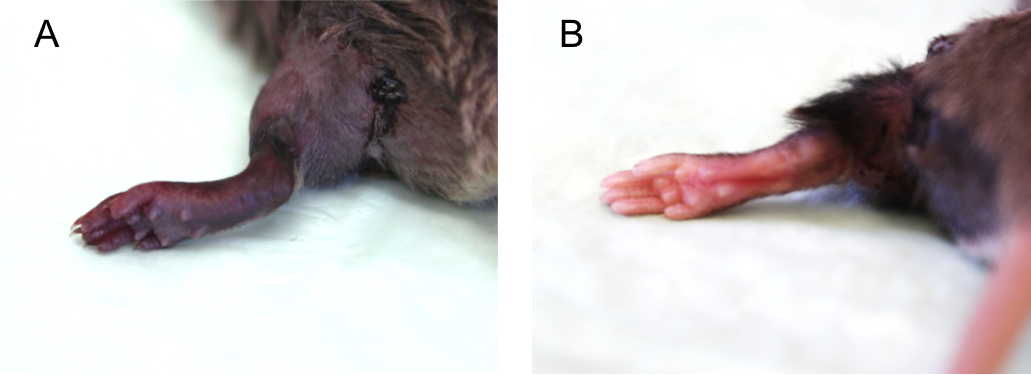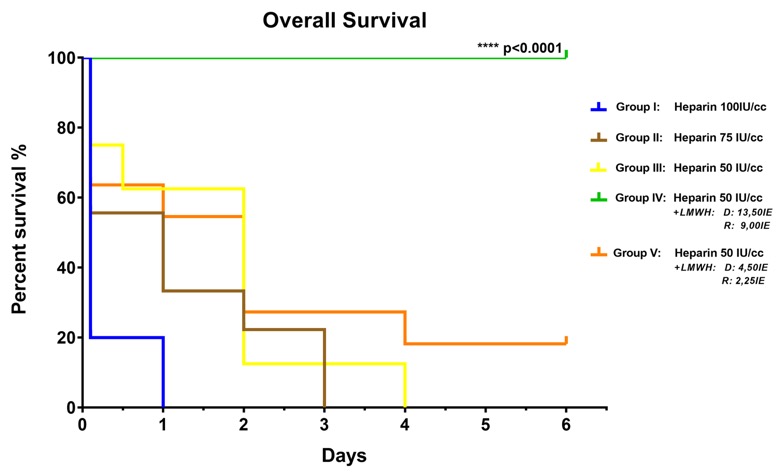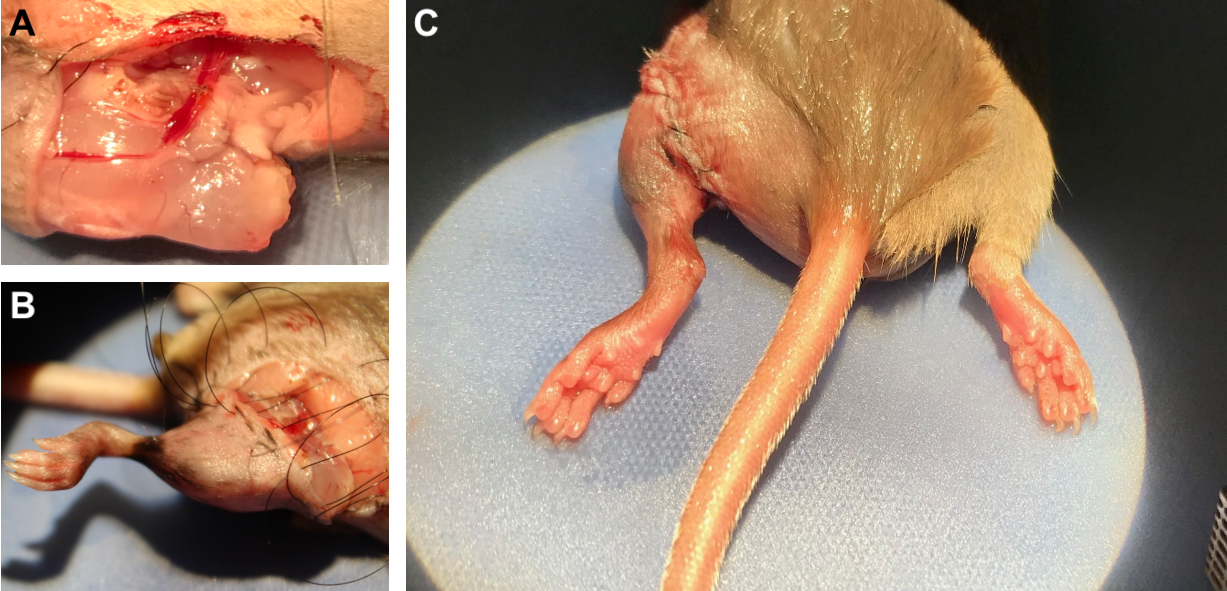Refinement of hind limb allotransplantation in mice: introduction of a novel anticoagulation treatment protocol that improves overall success rate
Barbara Kern1,2,3, Friederike Martin1, Anja Reutzel-Selke1, Joerg Mengwasser1, Edward Michaelis4, Muhammad-Imtiaz Ashraf1, Dietrich Polenz1, Igor Sauer1, Johann Pratschke1, Christian Witzel2, Stefan Tullius5,6.
1Department of Surgery, Charité - Universitätsmedizin Berlin, Berlin, Germany; 2Department of Plastic and Reconstructive Surgery, Charité - Universitätsmedizin Berlin, Berlin, Germany; 3Berlin Institute of Health (BIH), Charité & Max-Delbrück-Centrum, Berlin, Germany; 4Department of Pathology, Charité - Universitätsmedizin Berlin, Berlin, Germany; 5Division of Transplant Surgery, Brigham and Women's Hospital, Harvard Medical School, Boston, MA, United States; 6Einstein BIH Visiting Fellow, Charité & Max-Delbrück-Centrum, Berlin, Germany
Background: Animal-based research addresses many important questions in reconstructive transplantation. The mouse hind limb transplant model is a highly sophisticated, but powerful research tool. Unfortunately, success of this model is limited due to graft failure mainly because of vascular thrombosis. In consideration of the 3R principle, introduced to improve handling of laboratory animals and ensure quality of data obtained, a novel anticoagulation protocol was used to enhance animal und graft survival.
Methods: A total of fifty murine hind limb transplantations were performed. Animals were assigned to five groups with different anticoagulation regimens. All grafts were flushed with a heparin-saline solution of different concentrations. Recipient and donor animals of two groups received an additional low-molecular-weight heparin (LMWH) injection protocol.
Results: Graft failure due to vascular thrombosis was observed in groups where grafts were flushed with a solution containing 75 IU/cc of heparin and below or using a 50 IU/cc heparin solution in combination with a low dose LMWH injection protocol (p=0.03).

Bleeding episodes with lethal outcomes through the osteotomy were significantly higher in groups where solutions with heparin concentrations of 75 IU/cc and above were administered compared to all other groups (p<000.1). Animals treated with a moderate LMWH injection protocol in combination with 50 IU/cc heparin solution for graft flush demonstrated the best outcome with no animal or graft loss and an overall survival of 100% (p<0.0001).


Conclusion: In regards of the 3R principle, this is the first mouse transplant model utilizing an effective anticoagulation protocol to successfully perform a high-demanding microsurgical procedure.
